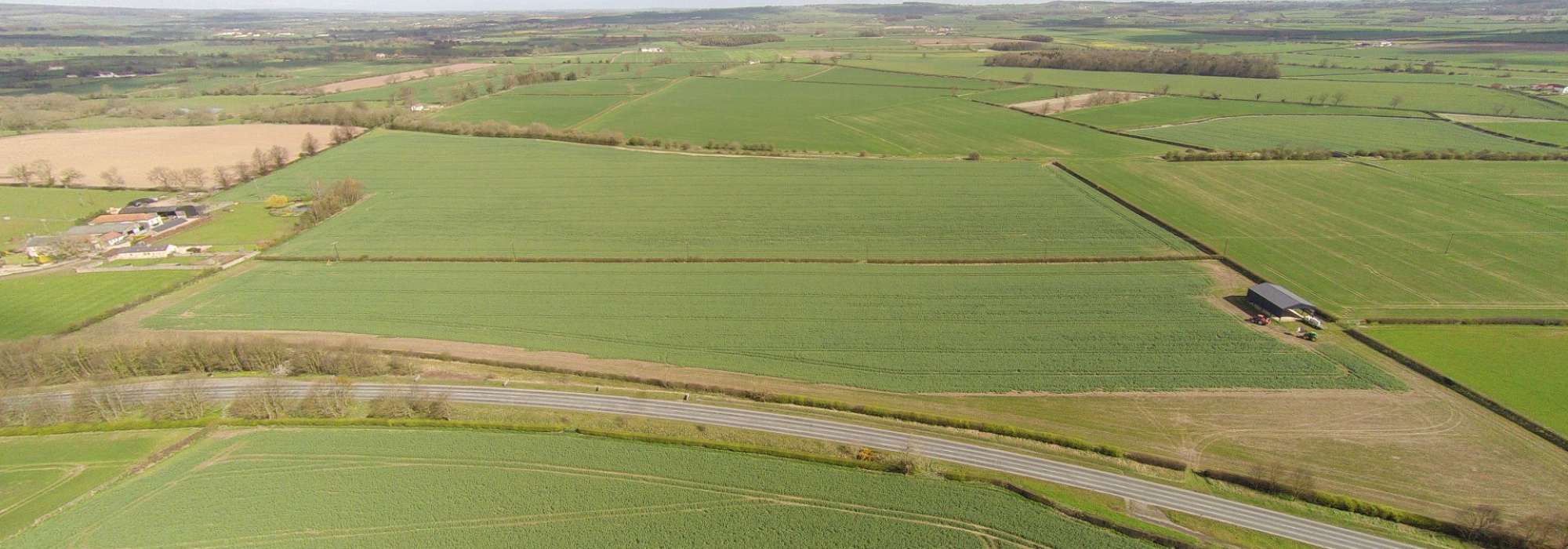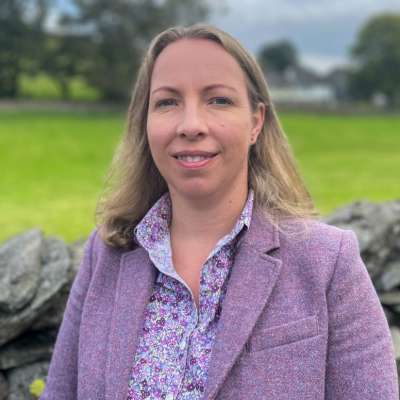Landscape Recovery Fund: Round 2 Explained
Round two of the Landscape Recovery Fund was launched on 18 May 2023 and closes at midnight on 21 September. This could mean a lot of changes for farmers and landowners.
The Landscape Recovery Scheme is one of three Environmental Land Management schemes, alongside Countryside Stewardship and Sustainable Farming Incentive. It is intended to fund large-scale projects from 500 – 5,000 hectares and is designed to deliver significant outcomes that require collaborative action across a big area, such as restoring ecological and hydrological function across a landscape. As such they usually involve groups of landowners and farmers working together to deliver projects.
The scheme provides long-term public funding (20 years or more), which is important as the projects supported tend to take a long time to deliver outcomes, such as peatland restoration, woodland management or habitat restoration, and therefore require landowners and farmers to make a long-term commitment to managing the land in this way.
The scheme can fund activities which contribute to priority outcomes but are specific to the locality and so are difficult to facilitate through other schemes. What makes these good value for public money is the landscape-scale impact, but it’s also possible for such projects to receive private investment to plug funding gaps.
The technical nature of such schemes and the requirement for collaboration can be off-putting for landowners and farmers. In most instances, professional advisers and consultants will be key to coordinating applications.
Despite all these difficulties, we are aware of at least three applications being submitted in this round in South Cumbria alone, which is an encouraging take-up.
It is a competitive application process so there’s no guarantee of funding. Round one, launched in February 2022, resulted in 22 projects being selected for funding out of 51 applications. DEFRA initially stated it would support 15 projects, but the quality of applications was such that the final selection was increased by over 20%.
In round two, which is intended to support projects which have a focus on net zero, protected sites and wildlife-rich habitats, DEFRA has said that up to 25 projects will secure funding. Applications will have to demonstrate environmental and social benefits, value for money and readiness to progress.
Projects will have an initial two-year development phase to complete any activities necessary to start work on the ground before moving into the implementation phase, including securing consents, stakeholder engagement, securing private funding and putting in place monitoring and evaluation plans.
The legal agreement ultimately entered into by landowners and tenants will be bespoke for each project and that in itself will take time to complete, and it is essential that landowners and tenants take their own professional advice on this.

